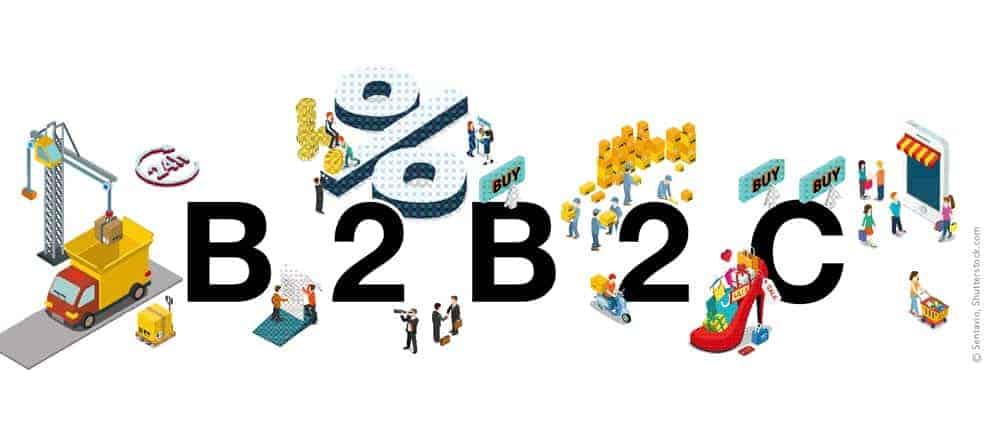Opening of system landscapes


For more than twenty years, SAP has been demonstrating with R/3 how to live complex system integration.
In recent years, the requirements for mobility and flexibility have increased and collaboration between customers and suppliers is becoming more important. This makes it necessary to open up the company's own system landscapes.
In SAP's procurement process, it was initially the integrations of online catalog solutions directly into the ERP system's requisition and ordering processes.
With the SAP SRM systems, new procurement process chains linked directly in the back-end systems emerged. SAP workflows and EDI connections were added, and their functional importance grew.
Whereby each homogeneous IT landscape and its maintenance efforts forced a rethinking of the solutions. Thus, SAP also dealt with different add-on approaches in the SRM environment - be it in the strategic as well as in the operational area.
However, the focus was always on the in-house ERP system. Until the modern requirements of the US market taught them what today's business connections can look like in an online environment.
That's why SAP acquired Ariba in 2012. The online portal for B2B commerce that could connect customers and suppliers across industries - networked in a cloud-based solution.
The classic source-to-pay process from the customer's perspective was married with e-commerce from the supplier's perspective. This enables SAP to offer customers tailored web-based and ERP-integrated solutions from a single source throughout the entire procurement lifecycle.
SAP now links two million companies with Ariba. Based on the principle of an Amazon portal, it relies on B2B business relationships with controllable processes.
From the supplier's point of view, access to the market can be provided by means of an Ariba-supported onboarding process and a web interface for presenting the supplier's own products and services - complete integrations of product catalogs and price information are also supported.
As a supplier, this opens up a new dimension of sales opportunities to participate in an international business network. For buyers, it offers a 360-degree view of procurement processes.
In the case of sourcing, the network enables an easy search for suppliers of products and services as well as a comprehensive possibility of tenders.
Suppliers outside the Ariba network can also be invited. Strategic purchasing can then use framework agreements to fix quotas and prices with suppliers.
These contracts can be created and managed in the Ariba platform. In operational purchasing, demand drivers can participate directly in the procurement process via modern UI technology.
The Ariba portal offers all process participants a common system for collaboration. Similar to Amazon, requirements can be defined in approved or all assortments and converted into orders to the supplier via defined approval processes.
The information gained from operational procurement is available for strategic purchasing planning. When all procurement channels are consolidated, topics such as spend management, supplier assessments, procurement flows, product comparisons, and digitization of processes from requisition to payment can result in substantial savings in modern purchasing.
Another advantage is the ERP integration of both sales and purchasing processes. The various process steps can be integrated into the company's own ERP processes not only via the SAP ERP system.
Smaller suppliers without an ERP system can also be electronically integrated into the process. And thus contribute significantly to the simplification of work and at the same time to the transparency of the procurement strategy.






